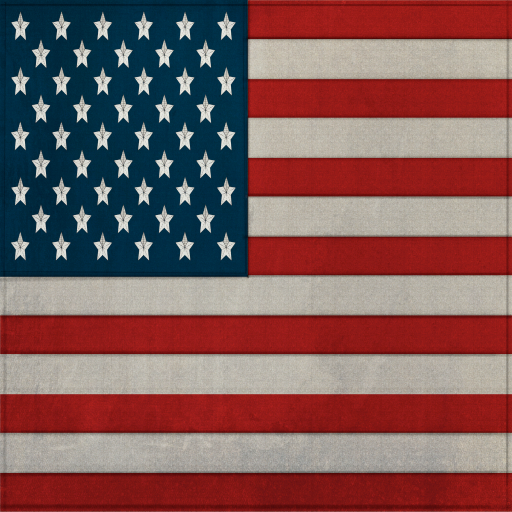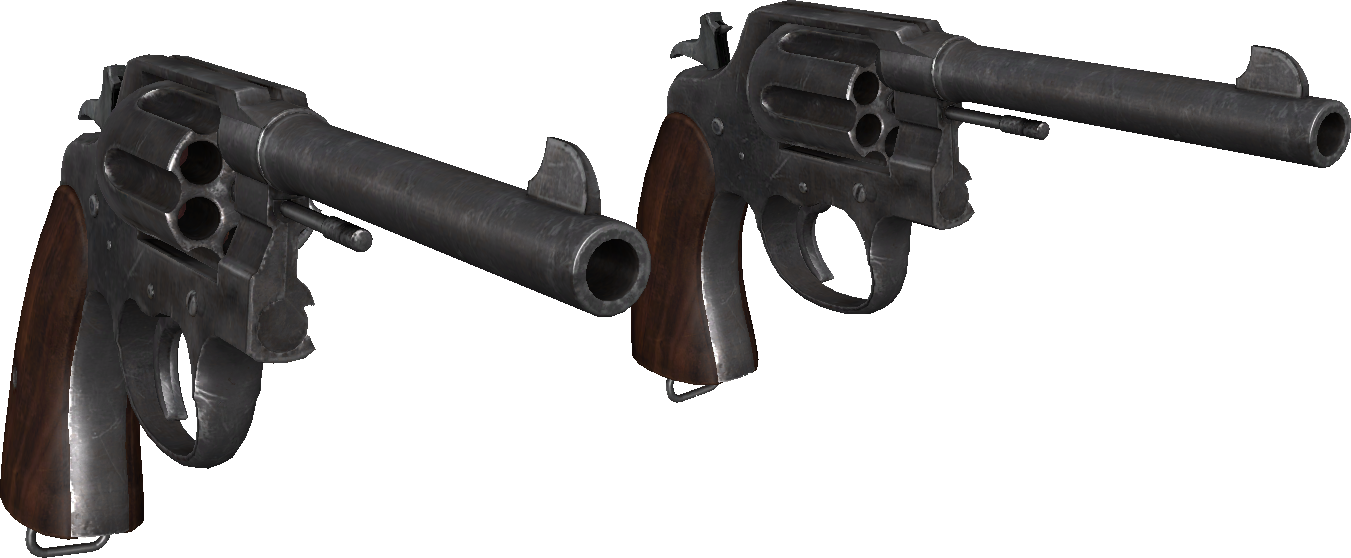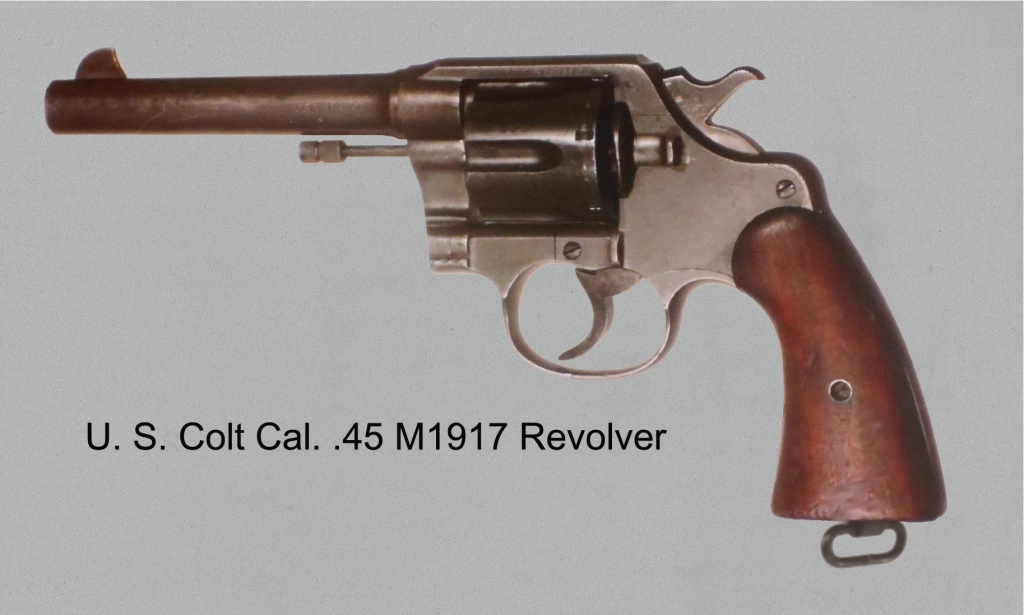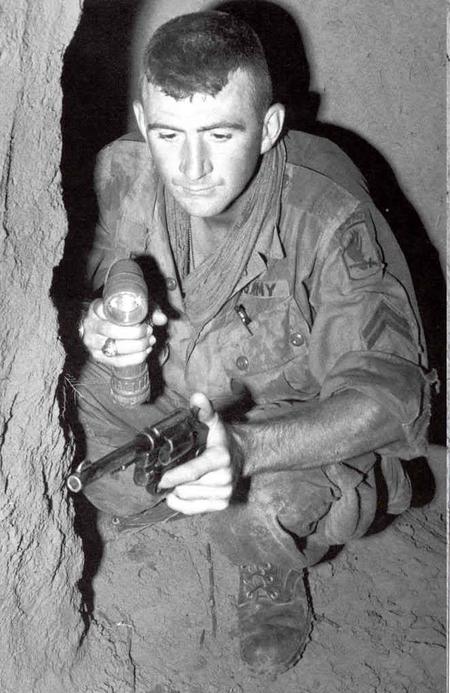Dual Colt M1917
| Factions | Weapon | Icon | Classes | Ammo |
|---|---|---|---|---|
 US |
 Dual Colt M1917 |
 |
WIP | 12 / 24 |
| Damage Base | Headshot × | Chest × | Stomach × | Leg × | Arm × | Reload Speed |
|---|---|---|---|---|---|---|
| 44 | ×3.7 = 162.8 | ×2.4 = 105.6 | ×2.3 = 101.2 | ×1.3 = 57.2 | ×0.95 = 41.8 | Seconds |
| Designation | Weapon Type | Fire Modes | Fire Rate | Bullet Spread ° | Range Modifier | Muzzle Velocity | Projectile weight | Weight |
|---|---|---|---|---|---|---|---|---|
| M1917 | Dual Revolvers | Single+Double | 400 RPM | 10.5° & 3.3° ADS | 0.85 | 231 m/s | 14.9g (229.9gr) | 2 kg (4.4 lbs) |
| Full name | Caliber | Place of Origin | Date | Armory | Barrel Length | Total Length | Weapon Script Name |
|---|---|---|---|---|---|---|---|
| Colt M1917 Revolver | .45ACP | USA | 1917 | Colt Smith & Wesson |
14 cm (5.5 in) | 27 cm (10.8 in) | weapon_dual_m1917 |
The last refinement on the tail end of the era of revolvers the M1917 saw not wide-spread usage but some usage among back or auxiliary forces who didn't always carry a primary firearm. It gained a reputation for being reliable and holding substantial firepower for a weapon that can be carried on the hip.
HISTORY
The M1917 Revolvers were six-shot, .45 ACP, large frame double action revolvers adopted by the United States Military in 1917, to supplement the standard M1911 pistol during World War I. There were two variations of the M1917, one made by Colt and the other by Smith & Wesson. They used moon-clips to hold the cartridges in position, facilitate reloading, and to aid in extraction since revolvers had been designed to eject rimmed cartridges and .45 ACP rounds were rimless for use with the magazine-fed M1911. After World War I, they gained a strong following among civilian shooters. A commercial rimmed cartridge, the .45 Auto Rim, was also developed, so M1917 revolvers could eject cartridge cases without using moon-clips.
During World War I, many U.S. civilian arms companies including Colt and Remington were producing M1911 pistols under contract for the U.S. Army, but even with the additional production there was a shortage of sidearms to issue. The interim solution was to ask Colt and Smith & Wesson, the two major American producers of revolvers at the time, to adapt their heavy-frame civilian revolvers to the standard .45 ACP pistol cartridge. Both companies' revolvers utilized half-moon clips to extract the rimless .45 ACP cartridges. Daniel B. Wesson's son Joseph Wesson invented and patented the half-moon clip, which was assigned to Smith & Wesson, but at the request of the Army allowed Colt to also use the design free of charge in their own version of the M1917 revolver
Colt had previously produced a version of their .45 Long Colt caliber New Service model, designated the M1909, to replace their .38 Long Colt caliber M1892 revolvers that had demonstrated inadequate stopping power during the Philippine–American War. The Colt M1917 Revolver was essentially the same as the M1909, but with a cylinder bored to take the .45 ACP cartridge and the half-moon clips to hold the rimless cartridges in position. In early Colt production revolvers, attempting to fire the .45 ACP without the half-moon clips was unreliable at best, as the cartridge could slip forward into the cylinder and away from the firing pin. Later production Colt M1917 revolvers had headspacing machined into the cylinder chambers, just as the Smith & Wesson M1917 revolvers had from the start. Newer production Colts could be fired without the half-moon clips, but the empty cartridge cases had to be ejected with a device such as a cleaning rod or pencil, as the cylinder extractor and ejector would pass over the edge of the rimless cartridges. Firearms developer and writer Elmer Keith considered the Colt model "rough finished" and generally not as well made as the Smith and Wesson.
source

